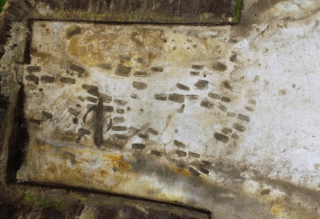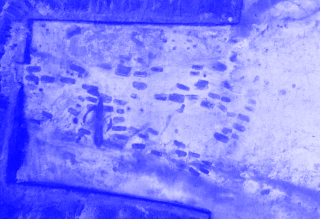Topic
Late Antique Cemeteries on the Danube
The project focuses on bringing together and analysing both published and self-compiled archaeological and anthropological data from late antique cemeteries of the erstwhile Roman provinces Noricum and Pannonia to gain deeper insights into the lives of the people and their environment.

The population of the 4th to 6th century on the Upper and Middle Danube. A complex analysis of the cemeteries from an archaeological-anthropological perspective
Since the 1980s, researchers have increasingly conducted archaeological, anthropological and (for the past ten or so years) biochemical studies such as isotope analyses of the Late Antique cemeteries in the erstwhile Roman provinces of Noricum and Pannonia. This forms the precise focus of this dissertation project, which is thus aimed temporally at the 4th to 6th century and spatially at today’s Austria and Hungary, and draws its sources from the material remains of the people and their bodies.
The existing data of the cemeteries of this time and region as examined so far is scattered and has as yet undergone no comprehensive analysis. This project’s goal is to collate a representative selection of this information to better illuminate the lives and environment (and changes taking place therein) of the people living between the end of the Roman Empire and the dawn of the Middle Ages. It will supplement the hitherto published data by examining the late antique cemetery of Ratzersdorf an der Traisen, St. Pölten (Austria), and make it available long-term via the Digital-Humanitas research project and the online repository THANADOS as OpenData (see also OpenAtlas, DANCEM project).

